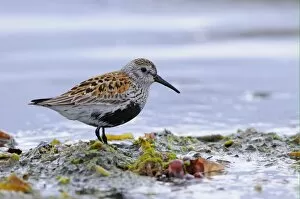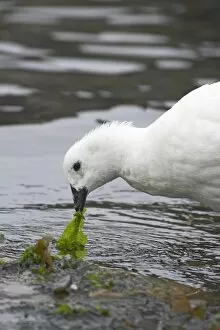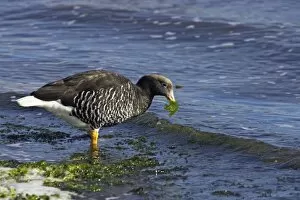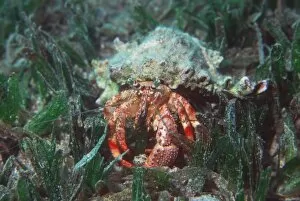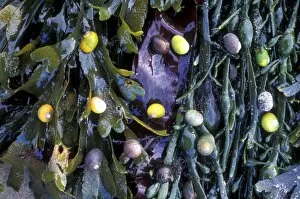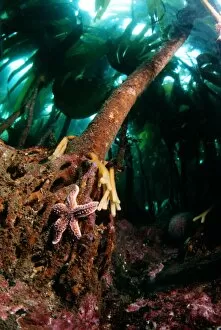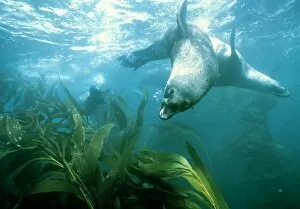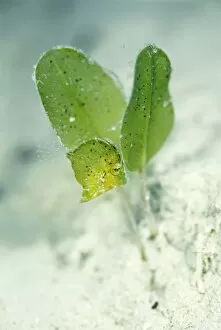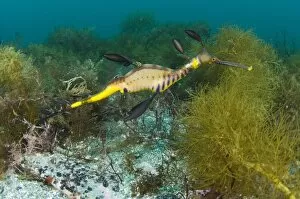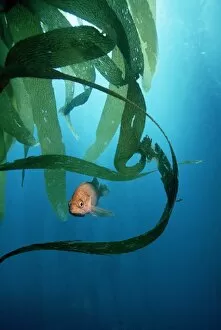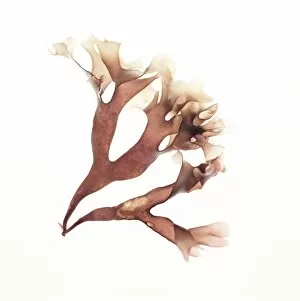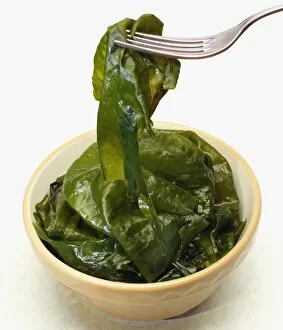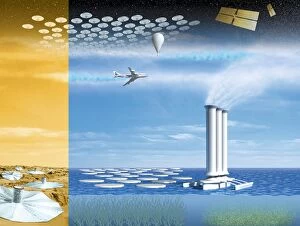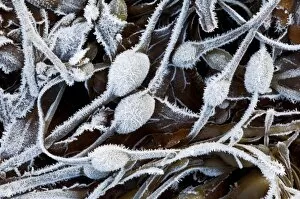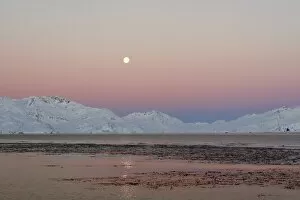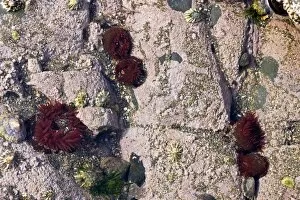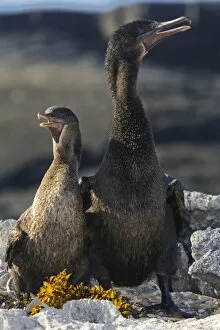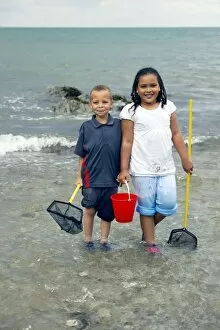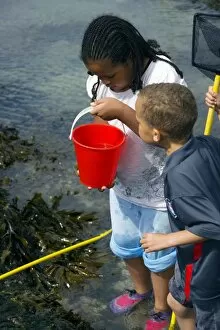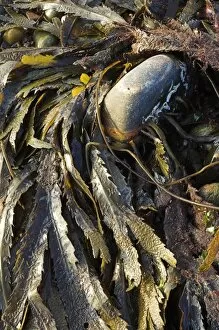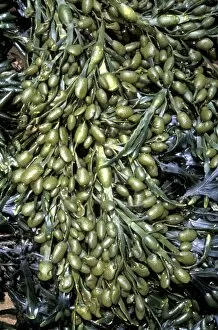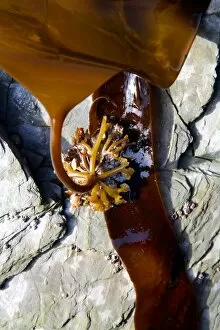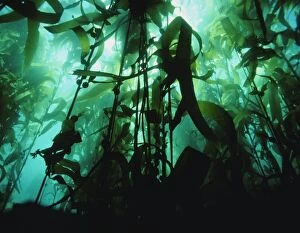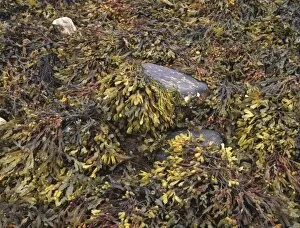Sea Weed Collection (#7)
"Exploring the Beauty of Sea Weed: A Journey through Europe's Coastal Wonders" Delving into the depths of history
For sale as Licensed Images
Choose your image, Select your licence and Download the media
"Exploring the Beauty of Sea Weed: A Journey through Europe's Coastal Wonders" Delving into the depths of history, we discover a 19th-century alga cyanotype captured in Manorbier, Pembrokeshire, Wales. From Llandanwg Beach near Harlech, Gwynedd, North Wales, witness the enchanting Mountains of Snowdonia adorned with sea weed in a mesmerizing 19th-century alga cyanotype. The Naiads beckon us towards Flamborough Head from Sewerby Rocks in Bridlington, East Riding of Yorkshire, England - where sea weed dances along the shoreline. Pentire Point in Polzeath, Cornwall offers a stunning display as it gracefully sways to the rhythm of the waves. Dawlish Low Tide reveals hidden treasures amidst its sandy shores - intricate patterns woven by seaweed create an ethereal landscape. Immerse yourself in nature's artistry at Catterline Rock pool in Aberdeenshire, Scotland; behold how seaweed paints an exquisite tapestry within this coastal oasis. Witnessing an Atlantic Puffin standing on a rock at Inner Farne with sandeels and seaweed clutched delicately within its beak is truly captivating. THE SIREN calls out from Applecross beach as strands of seaweed intertwine like mythical creatures emerging from beneath the waves. Embark on this visual journey across Europe's coastlines and let sea weed transport you to a world where nature meets imagination and beauty knows no bounds.

